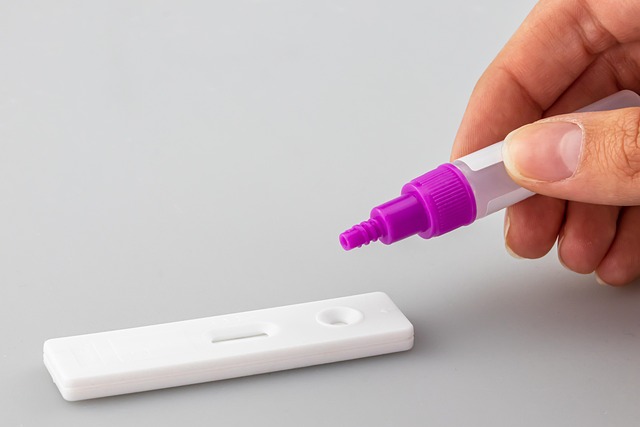The Future of Robotics: Exploring Sensor Fusion in Control Systems for AI-Driven Business Automation
In a world where technology evolves at lightning speed, the intersection of robotics, artificial intelligence, and business automation is reshaping the landscape of industries. At the heart of this transformation lies a crucial element known as sensor fusion, a technique that combines data from multiple sensors to create a cohesive understanding of the environment. This synergy of information not only enhances the capabilities of robots but also drives significant advancements in control systems, paving the way for smarter, more efficient automation in businesses.
The Rise of Robotics in Business
As companies strive for greater efficiency and productivity, robotics has emerged as a key player in the business landscape. Automation is no longer a futuristic concept; it is a present-day reality that streamlines operations, reduces human error, and saves valuable time and resources. From manufacturing to logistics, robots equipped with sophisticated sensor fusion technologies can perform complex tasks with remarkable precision.
Understanding Sensor Fusion
At its core, sensor fusion is about enhancing perception. Imagine a robot tasked with navigating a warehouse. To do this successfully, it requires data from various sources such as cameras, LiDAR, and ultrasonic sensors. By integrating information from these sensors, the robot develops a comprehensive understanding of its surroundings. This not only enables safe navigation but also enhances the robot’s ability to make informed decisions in real-time. In an era where speed and accuracy are paramount, effective sensor fusion is indispensable.
The Role of Artificial Intelligence
Artificial intelligence serves as the brain behind the operations, processing vast amounts of data generated by sensor fusion. AI algorithms analyze this data to improve decision-making processes, learning from past experiences, and adapting to new situations. This neural synergy allows robots to evolve, enhancing their functionality and reliability over time. The result is a robust system that can manage complex tasks autonomously, reduce costs, and increase operational efficiency.
Impacts on Business Automation
Business automation powered by robotics and enhanced through sensor fusion is revolutionizing how companies operate. Tasks that once took hours or even days can now be completed in a fraction of the time. With the capability to gather and process data in real-time, businesses can make agile decisions that lead to optimized performance and improved customer satisfaction. Moreover, the scalability offered by robotic systems allows businesses to adapt quickly to changing market demands without compromising on quality.
Challenges and Opportunities
While the potential of sensor fusion in robotics is immense, implementing such systems comes with challenges. Integration with existing technologies, data security concerns, and the need for skilled personnel to manage these advanced systems are just a few hurdles that businesses must overcome. However, these challenges also present opportunities for innovation and growth. By investing in research and development, companies can unlock new potentials that drive not only their success but also the industry as a whole.
As we look to the future, the synergy between robotics, artificial intelligence, and sensor fusion will undoubtedly continue to forge paths toward unprecedented advancements in business automation. Embracing these technologies will not only redefine operational standards but also elevate the human experience in the workplace, allowing us to focus on strategic roles that drive creativity and innovation.




